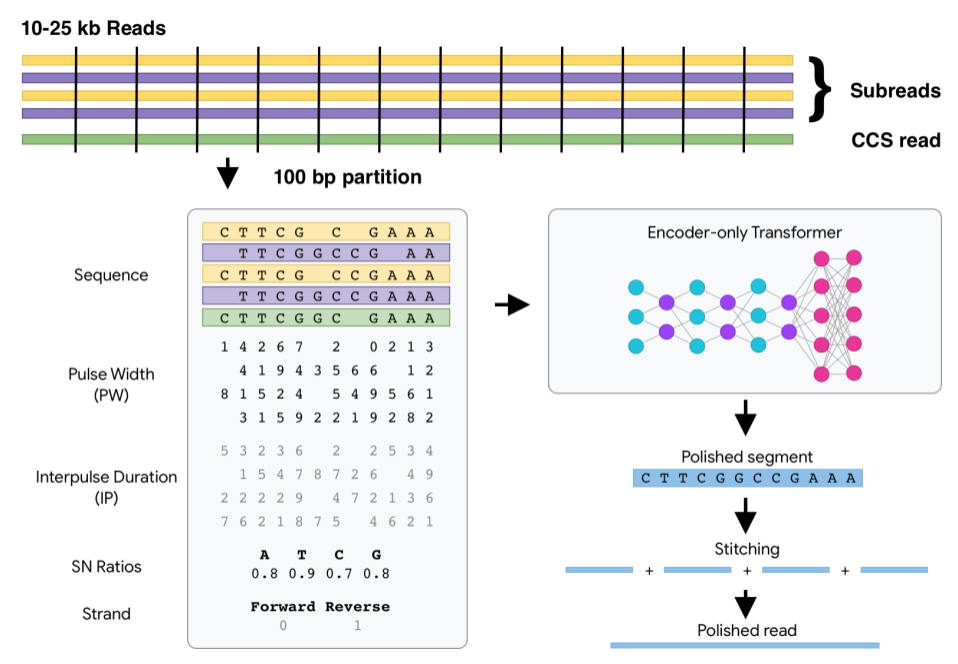Implementation for Pixel Consensus Voting (CVPR 2020).
This codebase contains
- the essential ingredients of PCV, including various spatial discretization schemes and convolutional backprojection inference. The network backbone is a simple FPN on ResNet.
- Visualzier 1 (
src/vis.py): loads a single image into a dynamic, interacive interface that allows users to click on pixels to inspect model prediction. It is built on matplotlib interactive API and jupyter widgets. Under the hood it's React. - Visualizer 2 (
src/pan_vis.py): A global inspector that take panoptic segmentation prediction and displays prediction segments against ground truth. Useful to track down which images make the most serious error and how.
Quick walkthrough
-
The core of PCV is contained in
src/pcv. The results reported in the paper usessrc/pcv/pcv_basic. There are also a few modification ideas that didn't work out e.g. "inner grid collapse" (src/pcv/pcv_igc), erasing boundary losssrc/pcv/pcv_boundless, smoothened gt assignmentsrc/pcv/pcv_smooth. -
The deconv voting filter weight intializaiton is in
src/pcv/components/ballot.py. Different deconv discretization schemes can be found insrc/pcv/components/grid_specs.py.src/pcv/components/snake.pymanages the generation of snake grid on which pcv operates. -
The backprojection code is in
src/pcv/inference/mask_from_vote.py. Since this is a non-standard procedure of convolving a filter to do equality comparison, I implemented a simple conv using advanced indexing. See the functionsrc/pcv/inference/mask_from_vote.py:unroll_img_inds. -
The main entry point is
run.pyandsrc/entry.py -
The rest of the codebase are pretty self explanatory.
Current status
- Many of the modules are self-contained, but the code does need repairing to run properly. I don't plan to maintain it at the moment, but feel free to email me if you have any questions.




![[ICRA2021] Reconstructing Interactive 3D Scene by Panoptic Mapping and CAD Model Alignment](https://github.com/hmz-15/Interactive-Scene-Reconstruction/raw/main/motivation.jpg)